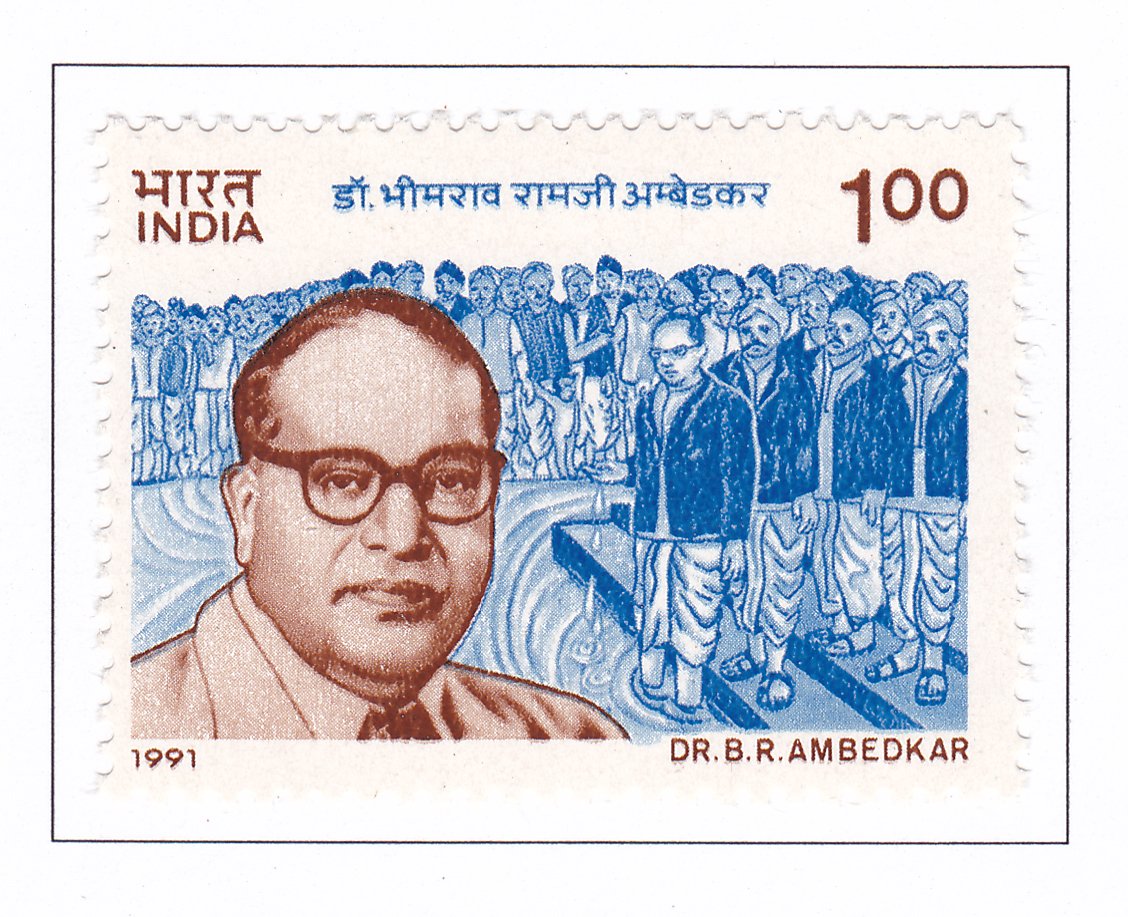Dr. Bhimrao Ramji Ambedkar

Technical Data
| Date of Issue | April 14, 1991 |
|---|---|
| Denomination | Rs. 1 |
| Quantity | 600,000 |
| Perforation | comb 13½ x 13 |
| Printer | Security Printing Press, Nashik |
| Watermark | No Watermark |
| Colors | Multicolor |
| Catalog Codes |
Michel IN 1297 Stamp Number IN 1354 Yvert et Tellier IN 1095 Stanley Gibbons IN 1447 |
| Themes | Famous people | Men | Optical Instruments | Reformers |
Commemorative Stamp Set
Design Elements:
The stamp design could feature a portrait of Dr. Bhimrao Ramji Ambedkar, possibly alongside symbolic representations of his contributions such as the Indian Constitution, the Mahad march, and the Kalaram Temple.
Cultural and Historical Significance:
Dr. Ambedkar is revered as the chief architect of the Indian Constitution and a champion of human rights, particularly for marginalized communities in India. His leadership in social movements like the Mahad march and temple entry campaigns against caste discrimination remains pivotal in Indian history.
Usage:
The stamps would be used for postage, collectors’ items, and educational purposes to commemorate Dr. Ambedkar’s life and legacy. They serve as a reminder of his monumental contributions to Indian society and law.
Importance of the Commemorative Stamp Set:
This stamp set highlights Dr. Ambedkar’s enduring impact on Indian democracy, social justice, and human rights. It aims to educate people about his struggles and achievements, fostering awareness and appreciation for his ideals.
Example of the Stamp Design:
The stamps might depict:
- A profile portrait of Dr. Bhimrao Ramji Ambedkar.
- Scenes from the Mahad march and the temple entry movement.
- Symbols representing justice, equality, and human rights.
Significance:
The commemorative stamp set serves as a tribute to Dr. Ambedkar’s vision of an inclusive and just society, promoting his ideals of social equality and justice for all.
